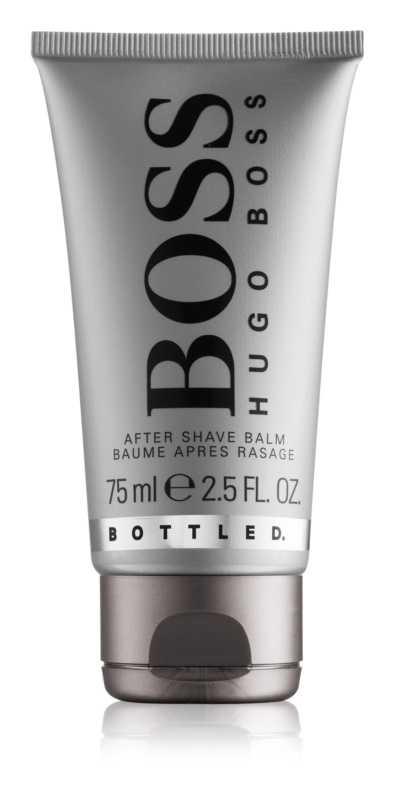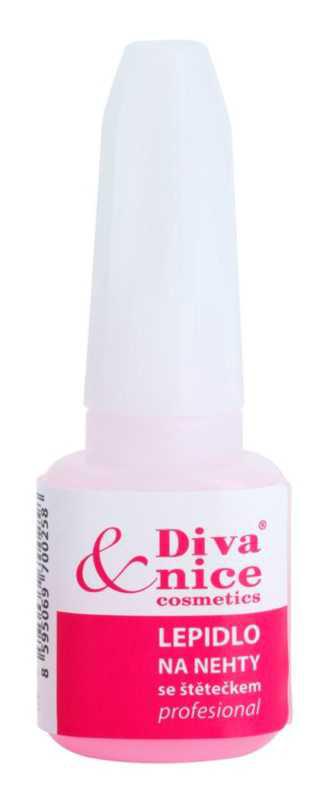
Do you feel that your body, face and hair require additional protection when it is cold and wind outside, and the air at home is dry and hot from radiators? In such conditions, taking care of your beauty is especially important, otherwise the skin of the face and body will be dry and rough, and the hair will be greasy and static. Here are some winter skin and hair care routines and winter makeup.
Your skin doesn't like temperature changes. If it is 20 ° C in the apartment and below zero outside, the difference is a real shock for her. Under the influence of cold, the blood vessels located just under the skin narrow sharply and expand just as rapidly when you are in a warm room. This exercise is not good for their condition and, consequently, they expand permanently. In this way, spider veins are formed, i.e. blood vessels showing through the epidermis. When the temperature drops below freezing, the skin's natural defenses weaken. The sebaceous glands work improperly and produce too little oily substances. Then they are not able to provide the skin with adequate protection. Deprived of a tight lipid layer, it loses moisture and dehydrates instantly, becomes rough and irritates more easily. Also, because the blood circulates slower, less nutrients travel with it, so the skin appears dull.
Your skin doesn't like temperature changes. If it is 20 ° C in the apartment and below zero outside, the difference is a real shock for her. Under the influence of cold, the blood vessels located just under the skin narrow sharply, and expand just as rapidly when you are in a warm room. This exercise is not good for their condition and, consequently, they expand permanently. In this way, spider veins are formed, i.e. blood vessels showing through the epidermis.
When the temperature drops below freezing, the skin's natural defenses weaken. The sebaceous glands work improperly and produce too little oily substances. Then they are not able to provide the skin with adequate protection. Deprived of a tight lipid layer, it loses moisture and dehydrates instantly, becomes rough and irritates more easily. Also, because the blood circulates slower, less nutrients travel with it, so the skin appears dull.
Winter care - face cream for the winter
Light preparations in the form of gels or emulsions, which work well in the summer, are not sufficient protection for the winter. The skin now needs a cream that creates a layer on its surface that protects it from frost and wind. The best one is the one that will provide it with not only the right amount of lubricants, and at the same time will protect it against water loss. The skin does not need heavy winter creams every day. For dry skin, a greasy cream will be the best, while for oily or combination skin, a semi-greasy cream will suffice.
Use special winter creams only when you are going for a long walk or going skiing. They contain not only substances that protect against cold and soothe any irritation. They are also equipped with UV filters. Don't be fooled by the idea that your skin doesn't need sunscreen on cloudy winter days. The sun reflecting off the snow can cause severe facial erythema, even if it does not seem too strong. That is why sunscreen should be used throughout the year, regardless of the weather or the season.
Winter care - protection of the skin against moisture loss
The air in rooms heated by radiators is not conducive to maintaining the proper level of skin hydration. The water is then "pulled" out of it. This process is stronger, the weaker the protective barrier of the epidermis becomes. For this reason, you should use moisturizing creams indoors. They contain substances that supply the skin with moisture, but also limit water loss and thus prevent its dehydration. Regularly, once or twice a week, apply a highly moisturizing mask to your face that will quickly and effectively regenerate dehydrated skin.
Winter care - night regeneration of the face and body
The evening's duty, regardless of whether you are wearing makeup or not, is to thoroughly remove your face makeup. If it is irritated, use gentle washing or cleaning preparations in the form of emulsions or milk. Only after such a procedure, you can apply the appropriate cream. At night, when you sleep, your body is not idle. This is when the skin begins to regenerate and readily accepts nutrients contained in cosmetics. That is why it is worth reaching for strongly regenerating creams for bedtime. They will provide the necessary nutrients and soothe irritations.
Don't forget the neck and cleavage. During the day, they are hidden under layers of clothes and a shawl. Hypoxic skin doesn't look very pretty. It is often gray and dry. For its care, the cream you use for the face is enough, but you can also use special preparations for the care of the neck and neckline.
Winter care - moisturizing the lips
Lipsticks, which contain a lot of water and little fatty substances, increase the drying out of the epidermis. Only those that do not allow it to dry out are good for winter, eg with glycerin or petroleum jelly. Therefore, do not use light moisturizing lipsticks that you used to paint your lips with in the summer. If you don't like colored lipsticks, always lubricate your lips with colorless protective lipsticks and refrain from licking your lips in the cold and wind. You will not moisten them this way, on the contrary - they will dry faster and will be even more chapped. If they do break, do not chew on the burrs or tear them off with your fingers, as this will create mini-curls. Lubricate your lips with a thick layer of nourishing cream.
Winter care - protective makeup
It is not only the body that needs to be covered with warm clothes in winter. The face should also be “dressed” in layers. Additional protection against cold and wind, in addition to the "cream duvet", is also make-up. On the cream you are using, first apply a fluid with a thicker consistency than usual, and then a layer of powder. Compact powder in a stone will be the best, as it will create a thicker protective layer than loose powder, and remember to powder your lips before applying lipstick. Thanks to this, the lipstick will stick better and the lips will gain additional protection.
Winter care - how to get rid of dry skin?
Is your skin dry like paper? In the evening, when you take off your tights, do you see white flakes on them? Nothing unusual. The skin is hidden under thick clothes, and therefore less oxygenated. In addition, it has poor blood supply, and it is with the blood that the necessary nutrients reach it. That is why it has a slightly gray color and is flaky.
The recipe for this is to moisturize and lubricate it. A bath in oils or rubbing the skin with greasy preparations is a must in this case. However, such a "fat" procedure is enough once a week. Use regular moisturizing lotion after bathing or showering every day
Pay particular attention to the elbows. The skin in this area is calloused and often peels off. Sometimes it even looks like a grater. First of all, you should exfoliate it with a fine-grained peeling. If the usual care is not enough, give your elbows a warm bath in olive oil and do not forget about body scrub. Use it every few days. In this way, you will get rid of dead epidermis cells, smooth it, and the preparations you use will be better absorbed. In addition, if you combine rubbing it with a massage, the skin will have better blood supply and a healthier color.
Winter care: gloved hands
In winter, they need special care. They get cold quickly, and the skin covering them will easily chap off because the lipid layer is thinner here than on the face. For this reason, the hands cannot defend themselves against frost, wind or dry air. The best outdoor protection are warm gloves made of wool, fleece or leather lined with a warming layer. Before you put them on, however, smear your hands with a hand cream containing lubricants. If your hands get cold quickly, a preparation with a warming effect will be good. The use of the cream is even obligatory in the evening. If your hands are very chapped, you can replace the cream with a stronger hand mask. Red-blue and rough hands do not add beauty, so try not to let them get too cold. If the skin is already chapped, tapping capsules with vitamins A and E or a warm bath with olive oil will help. You can also put a thick layer of cream on them at night with cotton gloves.
Winter care: feet that won't freeze
During the day, legs cramped in thick pantyhose and heavy shoes have less blood supply and freeze faster. Wear fairly wide toe shoes that allow your feet to fit comfortably and allow blood to circulate more freely. Before leaving the house and at night, rub in them with a not-so-greasy cream. If your feet, hidden in warm shoes, sweat excessively, use special antiperspirants for feet, preferably in the form of a powder, which will absorb the excess sweat and remove the unpleasant smell. Also wear special insoles in your shoes. They will not only protect you from the cold, but also remove excess moisture. If your feet often get cold, use warming creams and treat them to a bath in the evening. Dip them in a bowl of warm water and warming oil: eucalyptus, cinnamon, or clove. Then rub the cream on, put on warm cotton socks, and in the morning your feet will be perfectly smooth and greasy.
Winter care: hair under the cap
In winter, they get greasy faster, because by defending itself against unfavorable conditions, the scalp accelerates the secretion of sebum. However, do not give up the hat, the body loses the most heat through the head and the face is exposed to frostbite. Wash your hair more often, preferably with a shampoo that counteracts static. Use styling preparations sparingly, applying them to the strands, not the scalp.





